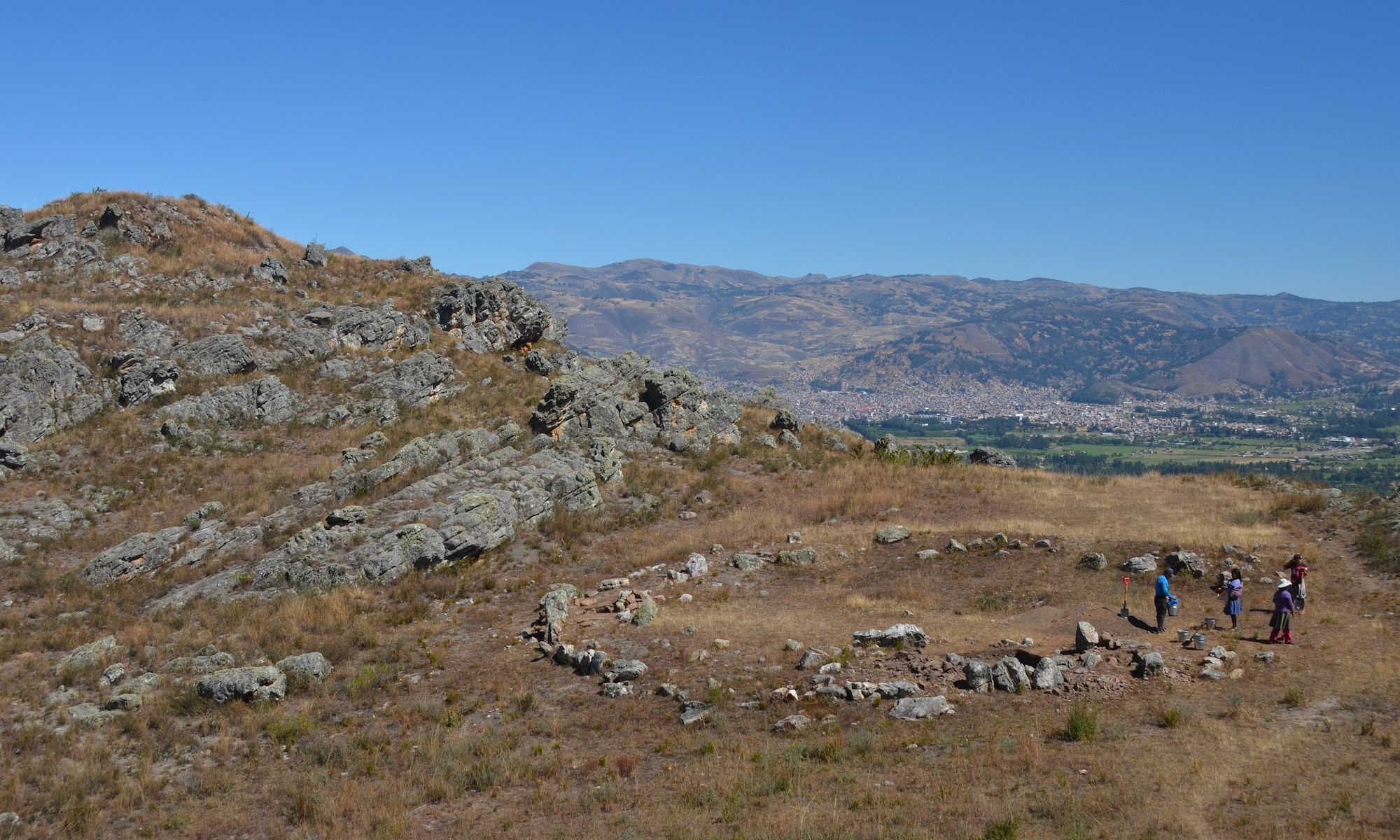The ancient circular plaza at Callacpuma Jason Toohey
A circular stone plaza in Peru is one of the earliest known megalithic structures in the Americas, archaeologists have revealed. Located at the archaeological site of Callacpuma, 550km north of Lima, the plaza was built around 4,750 years ago and may have had a ceremonial function.
“I was quite surprised when we identified this circular megalithic plaza,” says Jason Toohey, an anthropological archaeologist at the University of Wyoming and co-director of the Callacpuma Archaeological Project. “Although other circular plazas had been found in other areas of the Peruvian coast and highlands, none had been identified in this region of Peru. And the megalithic construction technique used to build the Callacpuma plaza was unlike any of the other circular plazas of the time.”
The team started to excavate the plaza in 2018. Their work revealed it to be formed of two concentric stone circles, with an external diameter of 18 metres. The ancient builders stood each megalithic stone upright, close to one another, and without using mortar, in contrast to many other Andean plazas of a similar date, which were constructed from stone masonry walls. The plaza may have been ritually closed sometime between 500 BCE and 200 BCE, according to the research paper, published in the journal Science Advances.
“Local people have known about this circular plaza for many, many years,” Toohey says. “In that sense, we did not discover it, but we are the first archaeological project to systematically study the megalithic plaza—through mapping and detailed excavation.”
By radiocarbon dating charcoal samples collected during the excavation, the team revealed that the plaza was first constructed approximately a century before the Great Pyramid of Giza in Egypt and roughly the same time as Stonehenge in the UK. “The plaza at Callacpuma is certainly not the oldest known example of a circular plaza in the Andes, but it is among the oldest (dating to around 2750 BCE)—in a tradition that then continued for about another 2,000 years,” Toohey says.
The people of the Andes constructed circular monumental plazas from around 3100 BCE to 800 BCE, with at least 100 built along the central Peruvian coast and some in the mountains. Though different in its construction technique, the plaza at Callacpuma now implies that the idea of building such monuments also spread to the northern Andes at an early date, Toohey explains.
Archaeologists don’t know exactly how these circular plazas functioned, but they were probably early communal structures. “This plaza was built at a time in the northern Andes when local people were still living a relatively mobile way of life—a time when people were just starting to experiment with growing food,” Toohey says. It’s possible that different local groups shared the task of building the megalithic plaza.
“Monuments like these may have marked claims to resources, such as local fertile lands or pasturage,” Toohey says. “As people began settling down, making these very visible claims may have been more and more important. Repeated events at plazas like this may also have acted to further develop local social and group identities, tying people to a place.”
Future research will seek to clarify why the ancient people of the Andes constructed their stone plazas. “Going forward, I am really fascinated to think about just why people would come together and go to all the trouble of building these monuments,” Toohey says. “Were people talked into this by enterprising, aspiring leaders, or, just as likely, did different peoples come together in a much more collective fashion to create these monuments? This is a question that excites me moving forward.”

